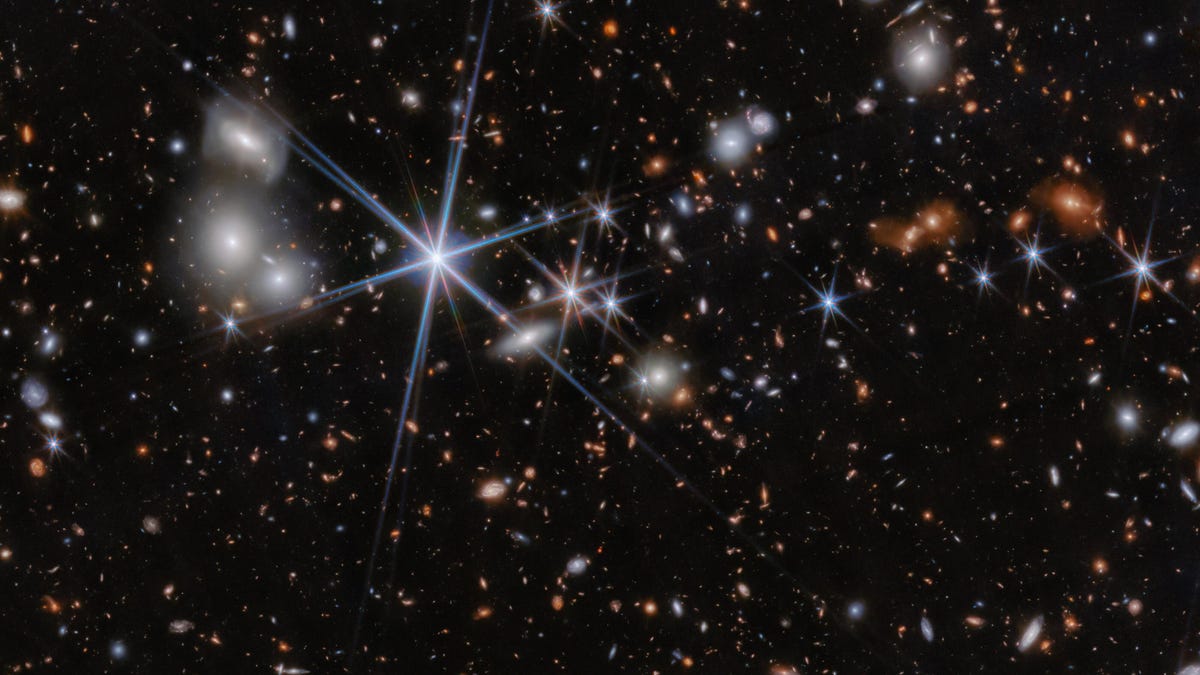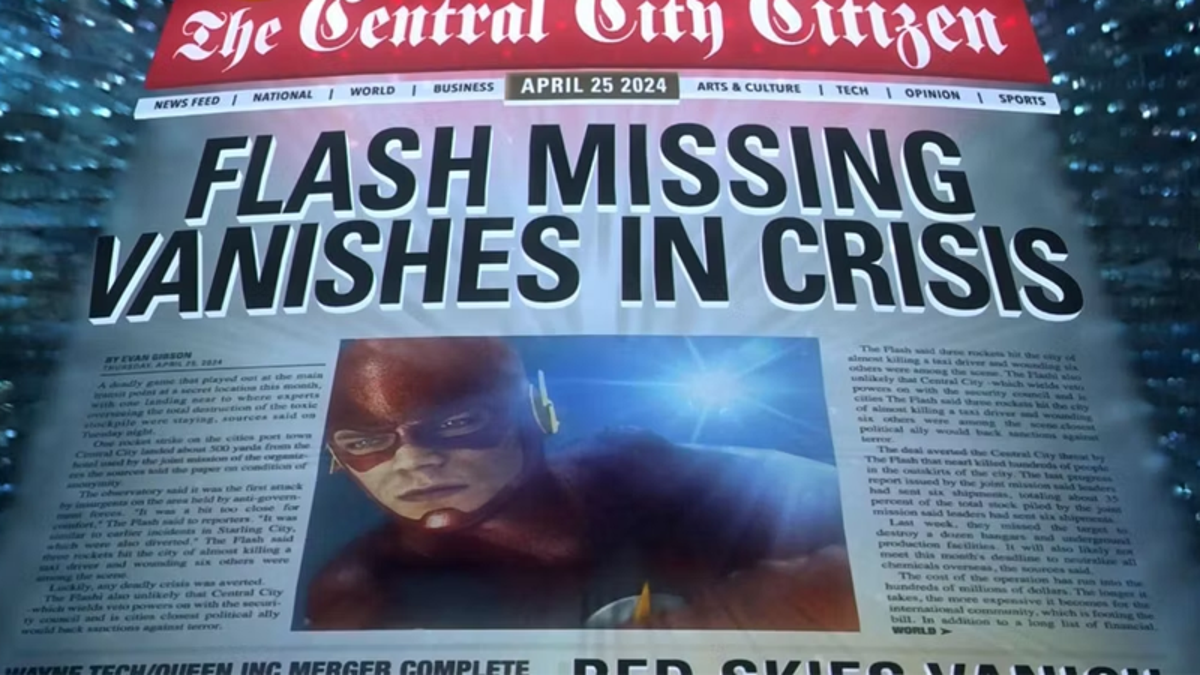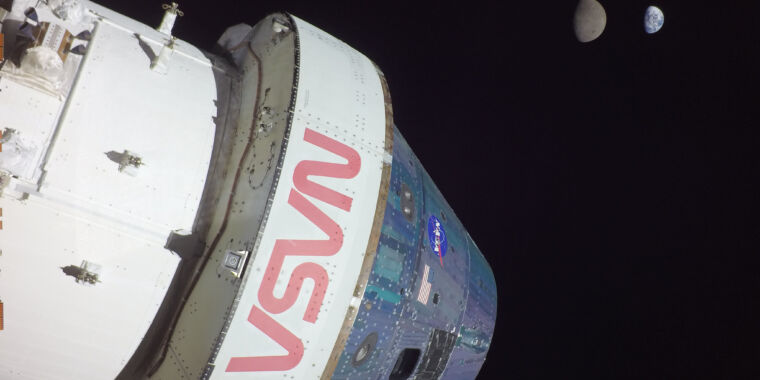The Significance of the Webb Space Telescope’s Latest Discovery
The cutting-edge Webb Space Telescope, renowned for its exceptional capabilities, recently captured a groundbreaking moment in the cosmos—the most distant black hole merger ever observed. This extraordinary event took place when the universe was a mere 740 million years old, pushing the boundaries of our understanding of the early universe.
Black Holes: Enigmatic Entities of the Universe
Black holes, enigmatic cosmic objects with immense gravitational pull, reside throughout the universe, shrouded in mystery. The monstrous gravitational forces within a black hole are so potent that they can trap even light within their boundaries, known as event horizons. When two black holes engage in a merger, it is a slow and intricate process, akin to a macabre celestial dance. Over time, these two entities converge to create a singular, colossal object, altering the cosmic landscape forever.
The recent black hole merger observation, conducted by an accomplished astronomical team in May 2023, utilized the Webb Telescope’s NIRSpec-IFU instrument to capture the cosmic convergence. This celestial encounter occurred within the ZS7 galaxy system when the universe was in its infancy, approximately 740 million years old, marking a significant milestone in astronomical research.
Insights Revealed by Webb’s Exceptional Vision
The Webb Space Telescope’s unparalleled vision facilitated the spatial separation of the merging black holes, offering profound insights into their distinct characteristics. One of these colossal entities boasted a mass approximately 50 million times greater than that of our Sun, while the other was obscured within a dense cloud of gas, further enhancing the mysterious allure of the cosmic phenomenon.
The team’s comprehensive findings, detailed in a research paper published by the Monthly Notices of the Royal Astronomical Society, underscored the pivotal role of black hole mergers in the rapid growth of these cosmic behemoths, significantly influencing the evolution of galaxies from ancient cosmic epochs.
Unraveling the Mysteries of the Gravitational Universe
As black holes merge, they emit gravitational shockwaves that ripple across the cosmic fabric, distorting spacetime across vast expanses measuring billions of light-years. These gravitational waves, detectable by sophisticated observatories like those of the LIGO-Virgo-KAGRA Collaboration, offer valuable insights into the gravitational intricacies of the universe.
The advent of the Laser Interferometer Space Antenna (LISA), officially endorsed by the European Space Agency, heralds a new era in gravitational wave observation, promising enhanced understanding of the gravitational universe. Nora Luetzgendorf, lead project scientist of LISA, anticipates that the frequency of lighter black hole systems detectable by LISA will surpass previous projections, necessitating revisions in existing models.
Unveiling the Secrets of Black Holes
The collective efforts of cutting-edge space telescopes, exemplified by Webb’s groundbreaking discoveries, are shedding light on the origins and prevalence of black holes in the universe. By unraveling the enigmatic nature of black holes—examining their growth mechanisms, interactions, and transformative impact on their cosmic surroundings—astrophysicists are poised to unlock some of the universe’s most profound mysteries, advancing our comprehension of the cosmos.
Image/Photo credit: source url





